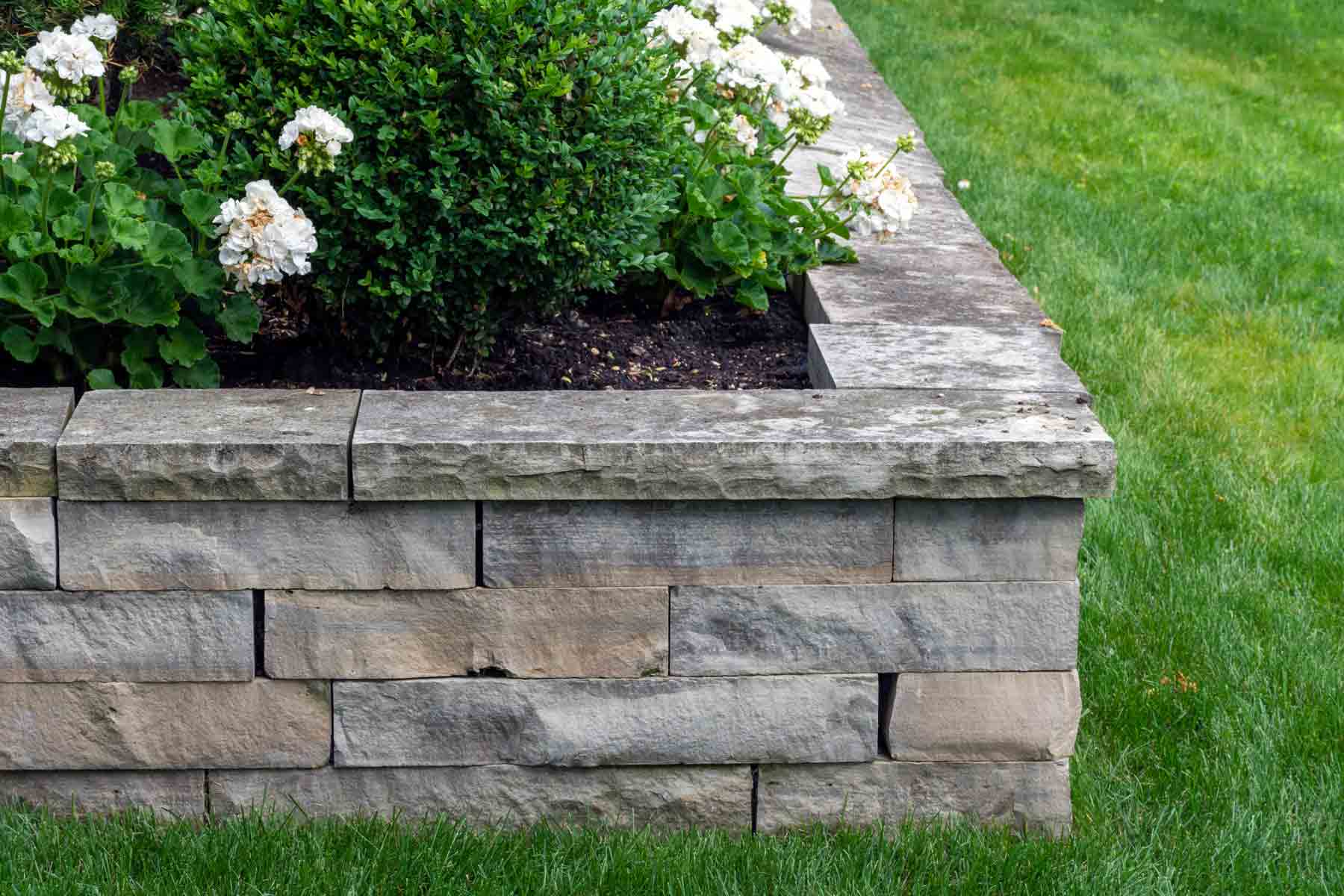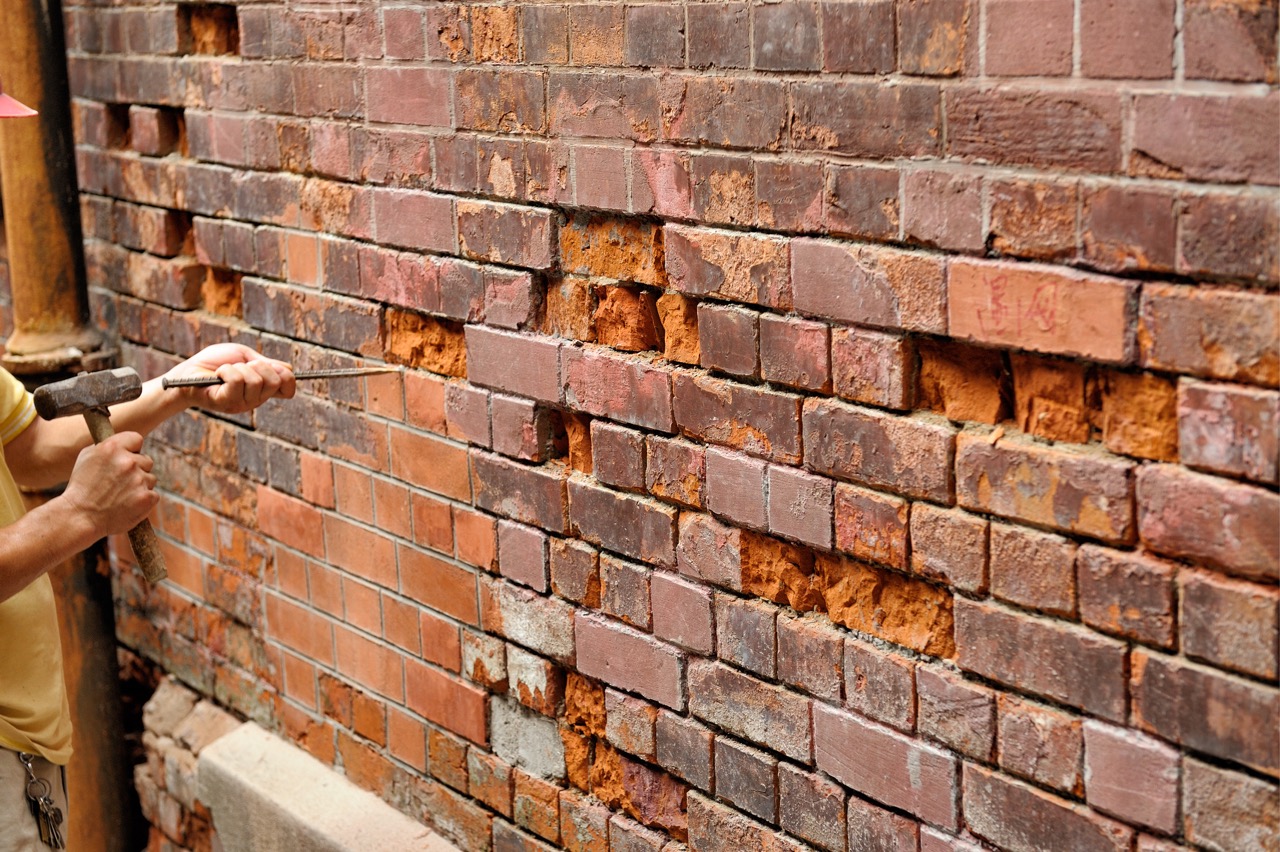Opening the Tricks of Sustainable Stonework Building And Construction Practices for Eco-Friendly Buildings
Among the myriad techniques to eco-friendly structure, sustainable stonework building and construction stands out as a reliable and sturdy technique that holds a wealth of untapped potential. From the selection of products to innovative building and construction strategies, the secrets to accomplishing sustainability within masonry building and construction are diverse and appealing.
Benefits of Lasting Stonework Building And Construction
Welcoming lasting stonework construction techniques not only lowers ecological effect but additionally uses long-term financial benefits to contractors and communities. By using materials like recycled blocks, blocks, and rocks, contractors can considerably lower the carbon impact of their projects while advertising resource effectiveness. Additionally, lasting masonry building and construction methods, such as proper insulation and thermal mass residential properties, can improve energy performance within structures, resulting in reduced functional costs gradually.
Moreover, the resilience and strength of masonry structures add to long-term economic advantages. Structures constructed utilizing lasting stonework techniques frequently call for less maintenance and repair service, converting to cost savings for home builders and homeowner. The long life of stonework materials likewise makes sure that frameworks continue to be stable and protected, minimizing the need for frequent improvements or substitutes.
Eco-Friendly Masonry Materials
Making use of eco-friendly masonry products is a critical action towards improving the sustainability of building and construction techniques and lessening environmental influence while maximizing long-term financial benefits. Sustainable stonework materials are sourced, generated, and used in a fashion that reduces general environmental impact. Materials such as recycled bricks, recovered rock, and lasting cinder block are coming to be significantly popular options for eco-conscious builders. Recycled bricks, for instance, not just draw away waste from landfills but also need less energy to create compared to new blocks. Recovered stone provides an one-of-a-kind aesthetic appeal while reducing the demand for new quarrying. Lasting concrete blocks incorporate recycled accumulations and may include enhanced insulation buildings, adding to energy efficiency in structures.
Moreover, all-natural materials like adobe, rammed earth, and straw bundles provide exceptional thermal mass residential or commercial properties, minimizing the demand for home heating and cooling energy. These materials are usually locally available, promoting regional economic situations and reducing transportation-related carbon discharges. By picking environmentally friendly stonework products, building and construction jobs can substantially lower their environmental impact and add to the development of healthier, a lot more lasting constructed settings.
Energy-Efficient Stonework Techniques
Power efficiency plays an important role in improving the sustainability of masonry building and construction methods. One key energy-efficient stonework technique is the usage of thermal mass, which includes incorporating thick materials like concrete or block into the structure's structure to soak up and keep heat.

Developments in Sustainable Masonry
Recent innovations in lasting masonry practices have brought about innovative methods that are reshaping the building market. One such innovation is the development of self-healing concrete, which uses bacteria installed within the concrete to recover splits autonomously. This innovation not only minimizes upkeep costs however additionally enhances the toughness of stonework structures, contributing to their sustainability.
Another notable development is using recycled aggregates in masonry building - masonry contractor. By including materials such as smashed ceramic waste or recycled glass right into concrete mixes, contractors can decrease the ecological influence of building projects while maintaining architectural honesty. This technique not just draws away waste from landfills yet also preserves all-natural resources, making it a key my review here innovation in lasting masonry building and construction
Additionally, the integration of electronic design tools, such as Building Information Modeling (BIM), is transforming the way stonework frameworks are intended and created. BIM permits more accurate calculations, reduced product waste, and improved energy performance, ultimately causing more lasting structure practices. These advancements collectively represent an encouraging future for lasting stonework building in the age of green buildings.
Future Trends in Masonry Sustainability
With the innovative strides made in sustainable masonry practices, the future patterns in masonry sustainability are poised to additional reinvent the building market. Among the crucial fads forming the future of stonework sustainability is the enhanced combination of innovation. Advancements such as Building Info Modeling (BIM) and digital truth simulations are being made use of to enhance masonry building processes, bring about lowered material waste and improved energy effectiveness in buildings.
In addition, the development of novel sustainable materials is established to play a substantial role in boosting the eco-friendliness of stonework building and construction. masonry contractor. Technologies like self-healing concrete, recycled accumulations, and bio-based binders are getting traction for their capability to lessen ecological influence while keeping architectural honesty

Conclusion
In conclusion, lasting masonry read what he said building and construction methods use many advantages for green buildings. By using eco-friendly products and energy-efficient methods, stonework can add to a much more sustainable built environment. Advancements in sustainable masonry are continuously being developed to further boost the ecological performance of structures. Looking in the direction of the future, the pattern of masonry sustainability is expected to expand, leading to even more eco-friendly and energy-efficient building methods in the years to come.